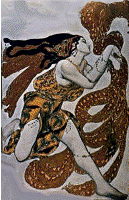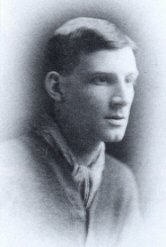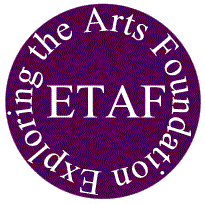
A life in the arts—the life of
Siegfried Sassoon
—Contributed by ETAF
Staff
A life in the arts—the life of Siegfried
Sassoon
Background
Sassoon was born September 8, 1886 in Brenchley,
Kent, England, and died September 1, 1967, in Heytesbury, Wiltshire,
England. He enlisted in World War I and was twice
wounded seriously while serving as an officer in France. He became
widely known for his antiwar poetry, such as The Old Huntsman (1917) and
Counterattack (1918), and his public affirmation of pacifism,
after he had won the Military Cross and while he was still in the army. His antiwar protests were at first attributed
to shell shock, and he was confined for a time in a sanatorium, where
he met and influenced another pacifist soldier-poet,
Wilfred Owen,
whose works he published after Owen was killed at the front.
 Accomplishments
Accomplishments
His autobiographical works include The Memoirs of
George Sherston, 3 vol. (1928–36), and Siegfried's Journey,
3 vol. (1945), and more of his poems were published as Collected
Poems (1947) and The Path to Peace (1960). His later poetry
was increasingly devotional.
Television Documentary
The Owen-Sassoon story is portrayed in a moving and informative
documentary about their time together written for television by the
BBC called Regeneration.
- See more about Regeneration at the BBC site:
click here.
First World War Poetry and Prose
For more about Wilfred
Owen and other figures prominent in war poetry and prose, visit the
poetry and prose section of
FirstWorldWar.com, a web site covering many aspects of that war.
ETAF Recommends
See ETAF's recommendations: click
here.





